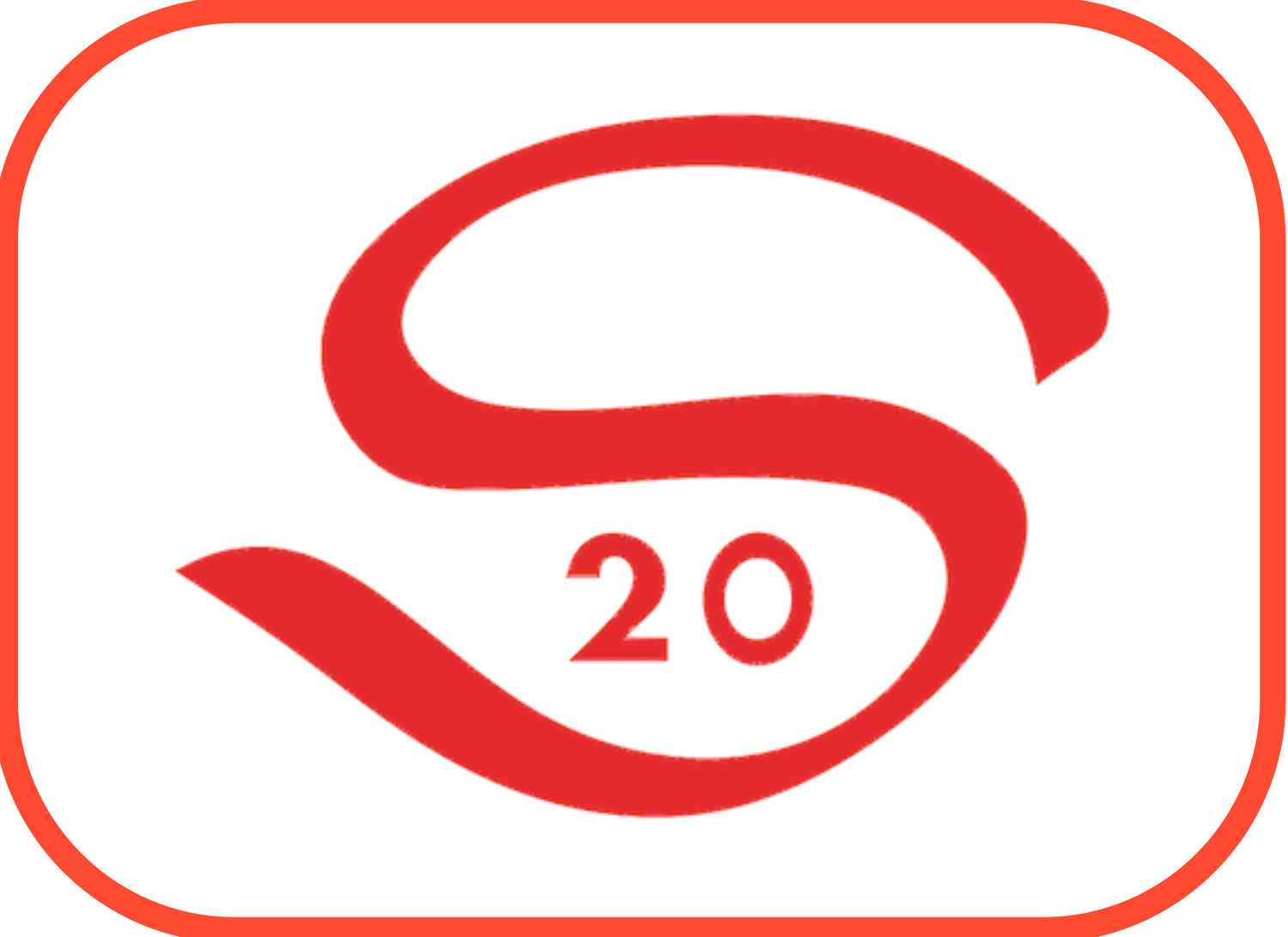Phillips Measurements
Our Class Measurer will be bringing you some of his experiences, wisdom, and knowledge to the class very soon. Stay tuned.
Don’t fear… Phillip will not be sharing his personal measurements (at his age he no longer shares that; actually not sure he ever did) but he will be offering specific tuning tips to make you smarter and faster.
In the future, we will also be offering Virtual Tuning Tips for groups on Zoom or Teams for groups you may organize up to maybe ten folks at a time.
Stay “tuned.”
UPDATE 2/27/24
For those of you who don’t frequent S20 Sailors on Facebook and may not have seen this post…Make sure your bottom band - black, red or white - on the Mast is set so that the top of the band is at 22” above the bottom of the mast.
The Post on the subject at Santana 20 Sailors on Facebook:
North Tuning Guide Note from Your Class Measurer. See the TOP in all caps below. That is a modification (error) of what has been published on line in the North Tuning Guide. Originally it referred to the BOTTOM on the tape at 22". Wrong. If your Mast Bands are in compliance the lower band should be set with the TOP of the band at 22" When measuring some boats recently in AZ, I installed many bands at the correct height. Check yours for compliance and to make your rake settings accurate per the Guide.
Direct from the Tuning Guide with change to TOP in bold:
"Once the mast is up, attach your jib or spinnaker halyard to the tack and tighten.
Disconnect the forestay and bring back to the mast. Pull the forestay tight along the front of the mast and with a black marker, make a mark on the forestay at the location of the TOP of the black band. This should be 22” above the bottom of the mast. Mark the 22” spot on the mast if your band isn’t in the right place. Re-connect the forestay, apply enough backstay tension to straighten the forestay and measure from the black mark to the center of the forestay pin."
Measurement Certificates. 2/27/24
Do you have one? Can you show it to me?
As your Class Measurer, I am starting an electronic Inventory of Valid Measurement Certificates with the intention of archiving them so that any lost or destroyed Certificates can be easily replaced and dated appropriately. This also means that once in the Inventory, you no longer need to carry the Original Certificate on the boat at any time - though at least a photocopy in your vehicle at major Regattas would always be a good idea.
If you have a current Valid Certificate - less than five years old - please send me a photo copy of it, both sides. I will add it to the inventory and send you back andinclude an Inventory Number so that you can confirm it has been entered So far we have entered 001 through 008, next up is 009. We will skip 013 unless someone specifically requested it.
Send your Valid Certificate copies via email to pinfelise@pcubedpartners.com
Tuning Tips - Internal Jib Halyard Fine Tune
This might be way out of order if I was picking Ten Tuning Tips to suggest to everyone to go faster; but it came up on a Facebook discussion, so here it is.
If you are in the tweaking mood, then this will satisfy that urge in you a bit. If you don’t have one and want to get faster, this is one of many suggestions I will be making. Those famous scallops you see running on the top boats are not static - they mobe from deep in super light air to almost non-existent at the higher ranges. At Santana 20 Sailors on Facebook you can see examples of the external approach on #138 Disaster Area and also the internal approach on my #924 Bad Altitude If more than a handful of you want to discuss it in detail and maybe look at the handsketch of the internal set-up, let me know that you are interested. We can talk one on one… or organize a Zoom Call to do it as a group. Email me if you’re interested in learning more - pinfelise@pcubedpartners.com
Sail Fast, Have Fun, Be Well.

